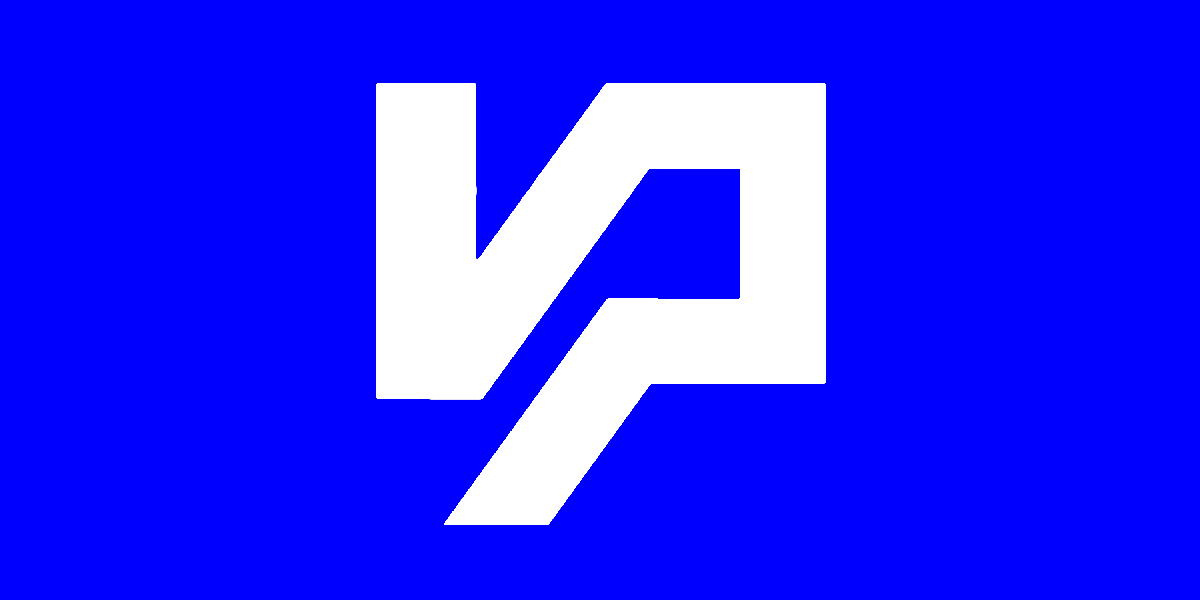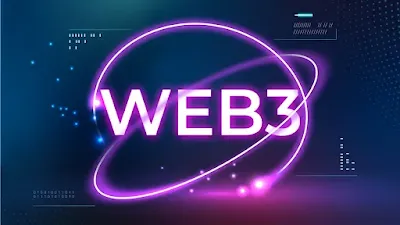Web3 refers to the next evolution of the internet that is decentralized, open, and built on blockchain technology. Unlike its predecessors, Web1 and Web2, which are characterized by centralization and reliance on intermediaries, Web3 aims to empower individuals by giving them more control over their data, digital assets, and online interactions. In Web3, users can directly interact with each other and applications without the need for middlemen, fostering a more secure, transparent, and trustless digital environment.
Web1, also known as the "read-only" web, was the initial phase of the internet where users could only consume information through static web pages. This era was primarily focused on providing access to content and lacked interactive features. With the advent of Web2, often referred to as the "read-write" web, the internet evolved into a more dynamic and interactive platform where users could create and share content through social media, blogs, and other online platforms. However, Web2 also introduced issues related to data privacy, censorship, and centralization, leading to concerns about user control and ownership.
Web3 represents a paradigm shift towards a more decentralized and user-centric internet experience. By leveraging blockchain technology and decentralized protocols, Web3 enables peer-to-peer interactions, self-sovereign identity, and the creation of decentralized applications (DApps) that operate without a central authority. This evolution aims to address the shortcomings of Web2 and build a more resilient, inclusive, and secure digital ecosystem.
The emergence of Web3 has significant implications for various industries and sectors, including finance, healthcare, supply chain management, and social networking. Some key aspects of the importance and impact of Web3 include:
1. Decentralization: Web3 promotes decentralization by removing intermediaries and gatekeepers, allowing for more direct interactions between users and applications. This can enhance transparency, reduce costs, and mitigate single points of failure.
2. Data Ownership and Privacy: With Web3, individuals have greater control over their data and digital assets, reducing the risk of data breaches, unauthorized access, and exploitation by third parties. This shift towards self-sovereignty empowers users to manage their online identities and information more securely.
3. Trustless Transactions: Through the use of blockchain technology and smart contracts, Web3 enables trustless transactions where agreements are automatically enforced without the need for intermediaries or third-party verification. This can streamline processes, reduce friction, and increase efficiency in various transactions.
4. Innovation and Collaboration: Web3 fosters innovation by providing a platform for developers to create decentralized applications and services that can disrupt traditional industries and business models. This collaborative ecosystem encourages experimentation, creativity, and the exploration of new possibilities in the digital space.
{getToc} $title={Table of Contents}
Key Concepts of Web3
A. Decentralization
Decentralization is a core concept of Web3 that refers to the distribution of control and decision-making across a network of nodes rather than relying on a single central authority. In the context of Web3, decentralization aims to eliminate the need for intermediaries, reduce single points of failure, enhance security, and empower users by giving them more autonomy over their data and digital interactions. By decentralizing systems and processes, Web3 promotes transparency, resilience, and trust among participants in the network.
B. Blockchain Technology
Blockchain technology serves as the foundation of Web3 by providing a secure and transparent way to record and verify transactions. A blockchain is a distributed ledger that stores a chronological chain of blocks containing transaction data. Each block is cryptographically linked to the previous one, creating an immutable record of transactions that is resistant to tampering and fraud. Through consensus mechanisms such as proof of work or proof of stake, blockchain networks enable trustless transactions and validate the integrity of the data without the need for a central authority.
C. Cryptocurrencies
Cryptocurrencies are digital assets that operate on blockchain networks and serve as a medium of exchange within decentralized ecosystems. Cryptocurrencies, such as Bitcoin and Ethereum, enable peer-to-peer transactions without the involvement of traditional financial institutions. They are secured by cryptography and decentralized consensus mechanisms, making them resistant to censorship and manipulation. In Web3, cryptocurrencies play a crucial role in facilitating payments, incentivizing network participants, and powering decentralized applications.
D. Smart Contracts
Smart contracts are self-executing contracts with predefined rules and conditions that are encoded on a blockchain. These contracts automatically execute and enforce agreements between parties when specific conditions are met, without the need for intermediaries or third-party oversight. Smart contracts enable trustless interactions, automate processes, and reduce the risk of fraud or disputes. They are a key component of Web3 applications, providing a secure and efficient way to handle transactions, agreements, and other complex operations in a decentralized manner.
E. Decentralized Applications (DApps)
Decentralized applications, or DApps, are software applications that run on decentralized networks such as blockchain platforms. Unlike traditional applications that are hosted on centralized servers, DApps operate on a peer-to-peer network of nodes, making them censorship-resistant, transparent, and secure. DApps leverage blockchain technology, smart contracts, and decentralized storage to provide users with a more open and user-centric experience. Common examples of DApps include decentralized finance (DeFi) platforms, decentralized social networks, and decentralized marketplaces.
Technologies Powering Web3
A. Ethereum
Ethereum is a decentralized blockchain platform that plays a significant role in powering Web3 applications and services. It enables developers to build and deploy smart contracts and decentralized applications (DApps) on its network. Ethereum introduced the concept of programmable money through its native cryptocurrency, Ether (ETH), and has become a key infrastructure for decentralized finance (DeFi), non-fungible tokens (NFTs), and various other Web3 use cases. Ethereum's scalability and flexibility make it a popular choice for developers looking to create innovative decentralized solutions.
B. IPFS (InterPlanetary File System)
IPFS is a distributed protocol that aims to create a peer-to-peer method for storing and sharing content on the internet. Unlike traditional web servers that rely on centralized data centers, IPFS uses a decentralized network of nodes to store and retrieve data in a more efficient and resilient manner. By using content-based addressing and cryptographic hashing, IPFS enables secure and censorship-resistant file storage and sharing, making it an essential technology for Web3 applications that require decentralized and immutable data storage.
C. Polkadot
Polkadot is a multi-chain blockchain platform that facilitates interoperability between different blockchains and networks. It allows independent blockchains, known as parachains, to connect and share information securely through a relay chain. Polkadot's architecture enables scalable and customizable blockchain solutions, making it ideal for building complex decentralized applications and cross-chain interactions. By providing a framework for connecting diverse blockchain networks, Polkadot enhances the interoperability and scalability of the Web3 ecosystem.
D. Filecoin
Filecoin is a decentralized storage network that incentivizes users to rent out their unused storage space and earn Filecoin tokens in return. By creating a decentralized marketplace for storage providers and users, Filecoin enables secure, efficient, and cost-effective storage solutions for Web3 applications. Filecoin leverages blockchain technology and cryptographic proofs to ensure data integrity and reliability, making it a valuable component of the decentralized web infrastructure.
E. Other Web3 Protocols and Platforms
In addition to Ethereum, IPFS, Polkadot, and Filecoin, there are numerous other protocols and platforms that power the Web3 ecosystem. These include blockchain networks such as Binance Smart Chain, Solana, and Cardano, decentralized identity solutions like Sovrin and uPort, decentralized finance protocols such as Uniswap and Aave, and decentralized social platforms like Steemit and Mastodon. These technologies collectively contribute to the growth and development of Web3 by enabling new forms of digital interaction, collaboration, and value exchange in a decentralized and trustless manner.
Use Cases and Applications
A. Decentralized Finance (DeFi)
Decentralized Finance, or DeFi, refers to a category of financial applications and services built on blockchain technology that aim to democratize access to traditional financial products and services. DeFi platforms enable users to borrow, lend, trade, and invest in a decentralized and permissionless manner without the need for intermediaries such as banks or financial institutions. Examples of DeFi applications include decentralized exchanges (DEXs), lending protocols, yield farming platforms, and synthetic asset platforms. DeFi has gained significant traction in the Web3 ecosystem due to its potential to provide financial inclusion, transparency, and efficiency to users worldwide.
B. Non-Fungible Tokens (NFTs)
Non-Fungible Tokens, or NFTs, are unique digital assets that represent ownership or proof of authenticity of a specific item or piece of content on the blockchain. NFTs have gained popularity for their ability to tokenize and authenticate digital art, collectibles, virtual real estate, and other digital assets. NFTs are indivisible and cannot be replicated, making them ideal for establishing scarcity and provenance in the digital space. NFTs have opened up new opportunities for creators, artists, and collectors to monetize and showcase their work in a decentralized and transparent manner.
C. Decentralized Identity
Decentralized Identity solutions aim to empower individuals to control and manage their digital identities securely and privately without relying on centralized authorities. By leveraging blockchain technology and cryptographic protocols, decentralized identity platforms enable users to create self-sovereign identities that are portable, verifiable, and interoperable across different applications and services. Decentralized identity solutions enhance privacy, reduce the risk of identity theft, and provide users with more control over their personal information in the digital realm.
D. Supply Chain Management
Blockchain technology has revolutionized supply chain management by enabling transparent, traceable, and secure tracking of goods and products throughout the supply chain. By utilizing blockchain-based solutions, companies can improve visibility, efficiency, and trust in supply chain operations by recording transactions, verifying authenticity, and ensuring compliance with regulations. Decentralized supply chain management platforms help streamline processes, reduce fraud, and enhance sustainability by promoting ethical sourcing and accountability in global supply chains.
E. Social Media and Content Platforms
Decentralized social media and content platforms are emerging as alternatives to traditional centralized platforms that control user data and content. Decentralized social media platforms leverage blockchain technology to enable users to own and monetize their data, engage in censorship-resistant communication, and participate in community governance. These platforms prioritize user privacy, content ownership, and data security, offering users more control over their online interactions and the ability to earn rewards for contributing valuable content. Decentralized social media and content platforms aim to create more transparent, inclusive, and user-centric digital communities in the Web3 era.
In conclusion, the use cases and applications of Web3 technologies, including DeFi, NFTs, decentralized identity, supply chain management, and social media platforms, demonstrate the diverse and transformative potential of decentralized technologies in reshaping various industries and sectors. These applications highlight the benefits of decentralization, transparency, and user empowerment in creating a more equitable and innovative digital ecosystem.

